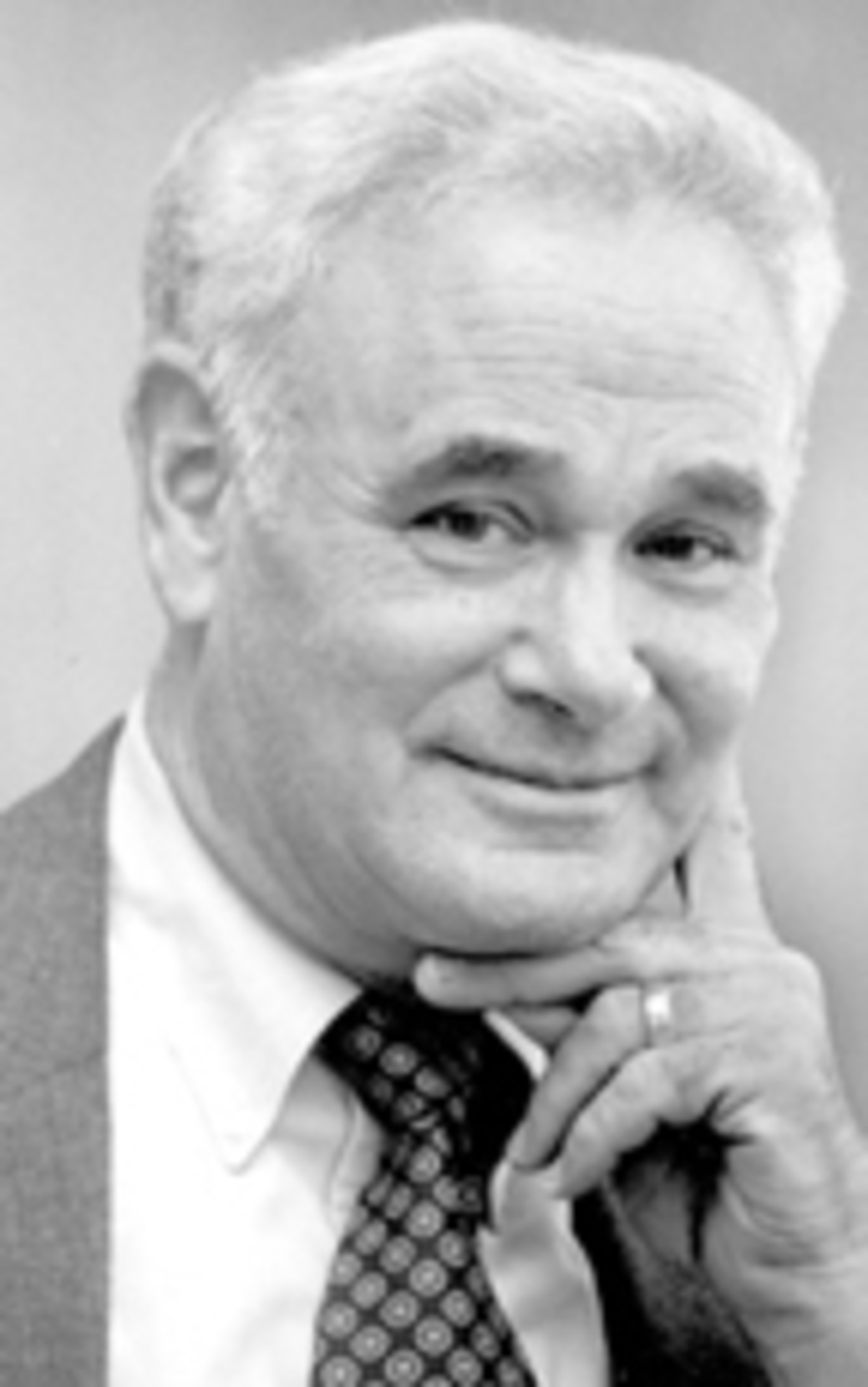Who was the J writer of our Torah?
My first encounter with Harold Bloom (1930-2019), Sterling Professor of Humanities at Yale, was in the early ’80s, when I was teaching a seminar-style class in Jewish mysticism at Connecticut College, in New London. I don’t remember how I came across his 1982 book, “The Breaking of the Vessels,” but I do remember how I thrilled to Bloom’s intellectual energy and his passion for literature, which touched both my mind and my heart.
I have been a fan of Bloom ever since, and have benefited from a number of his works, large and small. He has brought his enormous breadth and depth of reading to his comprehensive volume, “The Western Canon: The Books and Schools of the Ages” (1994), which – given his strongly voiced and often idiosyncratic interpretations – has generated an abundance of praise and vigorous disapproval.
I continue to be overwhelmed by Bloom’s “Shakespeare: The Invention of the Human” (1998). Though he is not considered a specialist on The Bard, Bloom’s encyclopedic knowledge of literature enables him to make multiple connections between Shakespeare and his contemporaries, as well as with both his antecedents and his successors.
It is as if Bloom’s capacious – on occasion, febrile – mind links, either positively or negatively, every significant Western writer with every other major Western writer. One of Bloom’s overriding themes is that our greatest authors learn and grow by “misreading” other great authors.
When Bloom’s “The Book of J” came out in 1990, it raised more than a few eyebrows. In this work, Bloom, a generalist and certainly not an acknowledged biblical scholar, dared to suggest that the author of the J narrative in our Torah was most likely a gifted aristocratic woman living in Jerusalem sometime between 950 and 900 B.C.E., as Solomon’s kingdom was breaking apart under the misrule of his son Rehoboam.
Within the ever-expanding world of biblical scholarship, who or what is J? While traditionalists continue to hold to their belief that Moses, in receipt of God’s direct words, wrote the entire Torah, non-traditional Jews – including most members of the Conservative, Reform and Reconstructionist movements – see our Torah as the composite work of four primary writers: J (Yahwist), E (Elohist), P (Priestly) and D (Deuteronomic).
The details of this putting-together of our Torah over the course of centuries are always subject to debate and revision. Nevertheless, most liberal Jewish, Protestant and Catholic biblical scholars agree on the general outline of what has been called, since the late 19th century, the Documentary Hypothesis.
Bloom’s primary purpose in “The Book of J” is to expand on the character of the author J and on the character of Yahweh, whom J creates. One does not have to read more than the first four or five chapters of Genesis to discern that there are at least two different authors of the text and two very different versions of the so-called Biblical God.
Many, if not most, of you are familiar with the opening verses of our Torah, Genesis 1.1-3: “In the beginning, God created the heavens and the earth; and the earth was without form and void, and darkness was over the face of the abyss. The spirit of God hovered over the face of the waters. Then God said, ‘Let there be light,’ and there was light.”
The entire first chapter of Genesis and the first four and a half verses of chapter two are written in the formal and elegant style of the P (Priestly) author or authors. The God that P envisions is the king of the universe: majestic, omnipotent, “up there,” remote from humankind.
Now listen to the voice of J’s opening account of creation, as translated from the Hebrew by David Rosenberg, who provides the English text of J from which Bloom develops his extended commentary:
“Before a plant of the field was in the earth, before a grain of the field sprouted – Yahweh had not yet spilled rain on the earth, nor was there man to work the land – yet from the day Yahweh made earth and sky, a mist from within would rise to moisten the surface. Yahweh shaped an earthling from clay of this earth, blew into its nostrils the wind of life. Now look: man becomes a creature of flesh.” (Genesis 2,4b-7)
It is clear that the style of J’s writing differs markedly from that of the Priestly documents. Even more significant, P’s view of God “up there” is radically different from J’s understanding of Yahweh “down here,” strolling through the Garden of Eden, crying out to Adam, hiding in his nakedness, “Ayeka, Where are you?”
Indeed, J portrays Yahweh as human-all-too-human, perversely trying to keep Adam and Eve from knowing good and evil – that is to say, from developing a moral sense.
Moving on to chapter 18 of Genesis, J depicts Abraham and Yahweh debating almost as equals over the fate of the sinful cities of Sodom and Gomorrah; one could argue that it is Abraham who wins this argument. J’s Yahweh is not only incompatible with P’s God but also incompatible with the God worshipped by the great rabbis, Hillel and Akiba, about whom we read in our Talmud.
In his challenging commentary on the J text of our Torah, Harold Bloom raises far more questions than any of us can answer. He seems to take delight in the multiple ironies he has uncovered:
“… J did not think in terms of sacred texts as she composed the scrolls that constitute her achievement. The stories of the Creation, of the Patriarchs, of Joseph, of Moses, were not for her holy tales, not at all. Of all the extraordinary ironies concerning J, the most remarkable is that this fountainhead of Judaism, Christianity, and Islam simply was not a religious writer.”
JAMES B. ROSENBERG is a rabbi emeritus at Temple Habonim, in Barrington. Contact him at rabbiemeritus@templehabonim.org.








